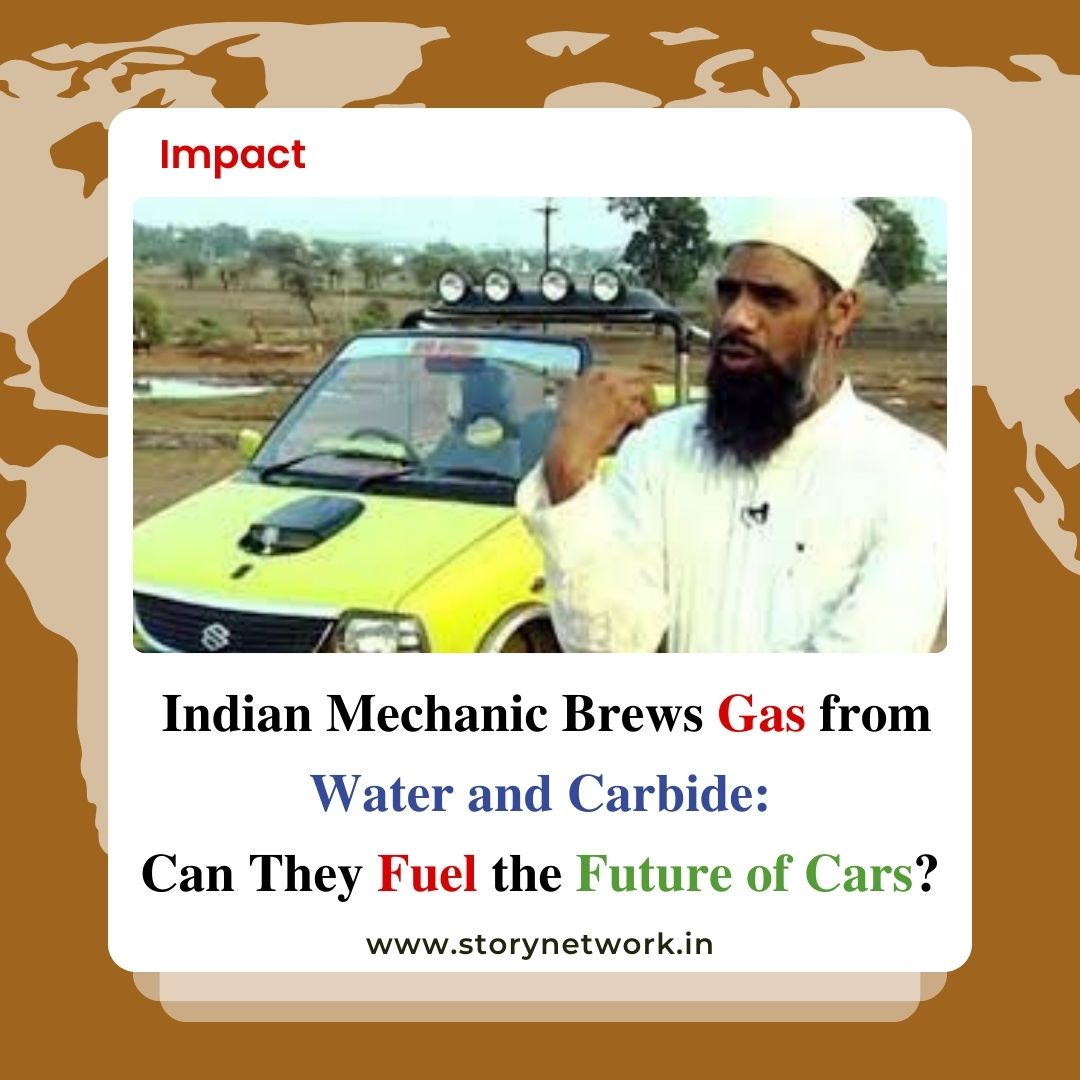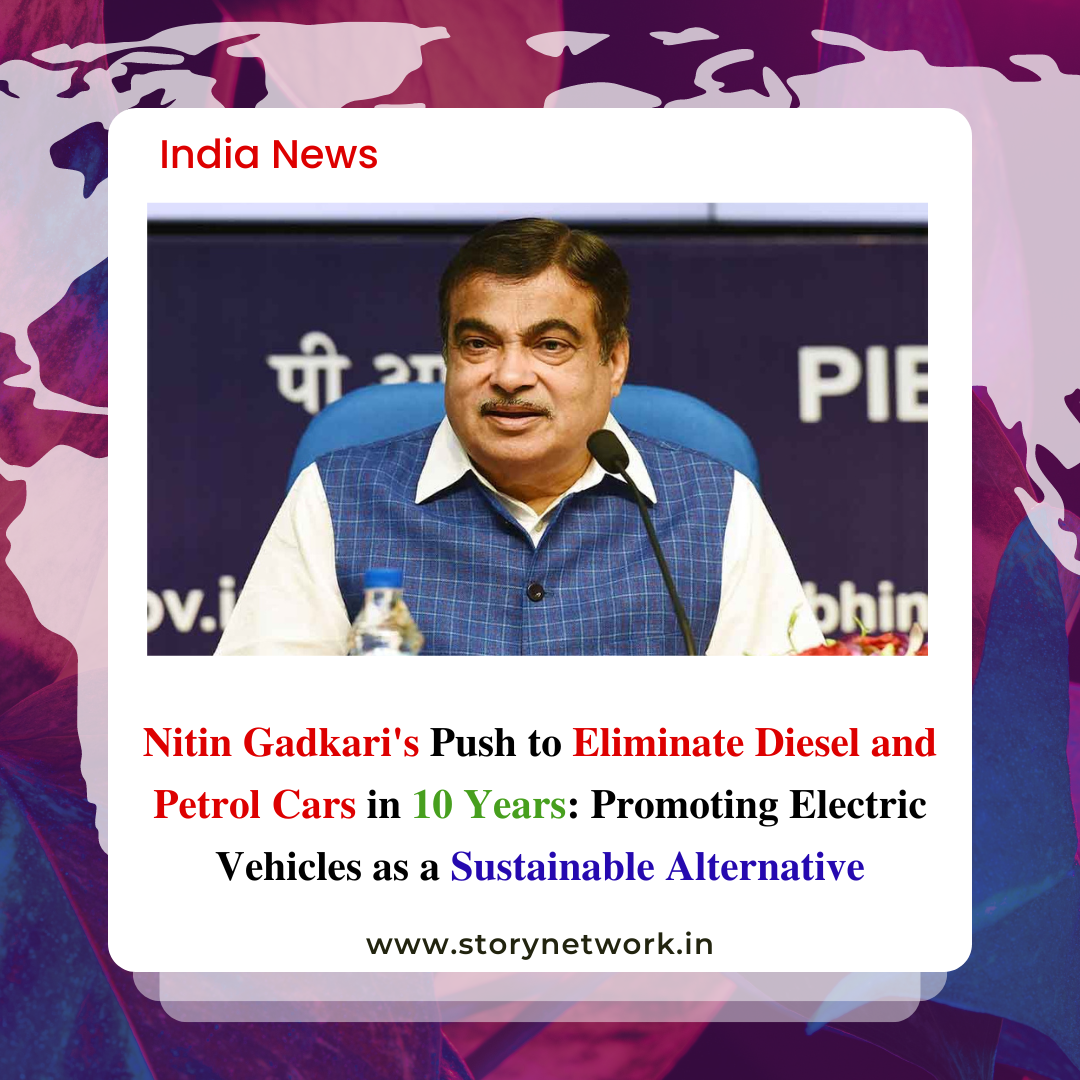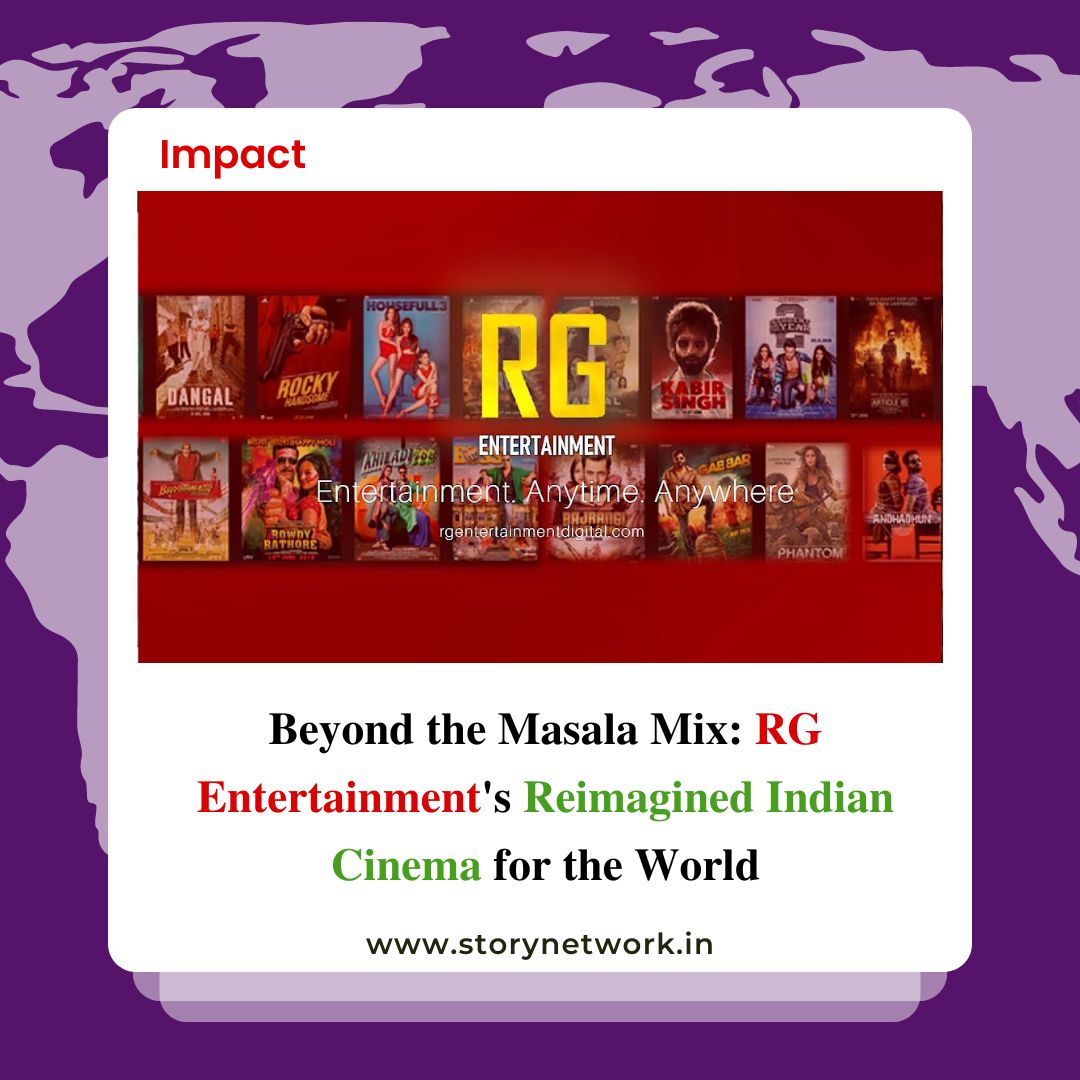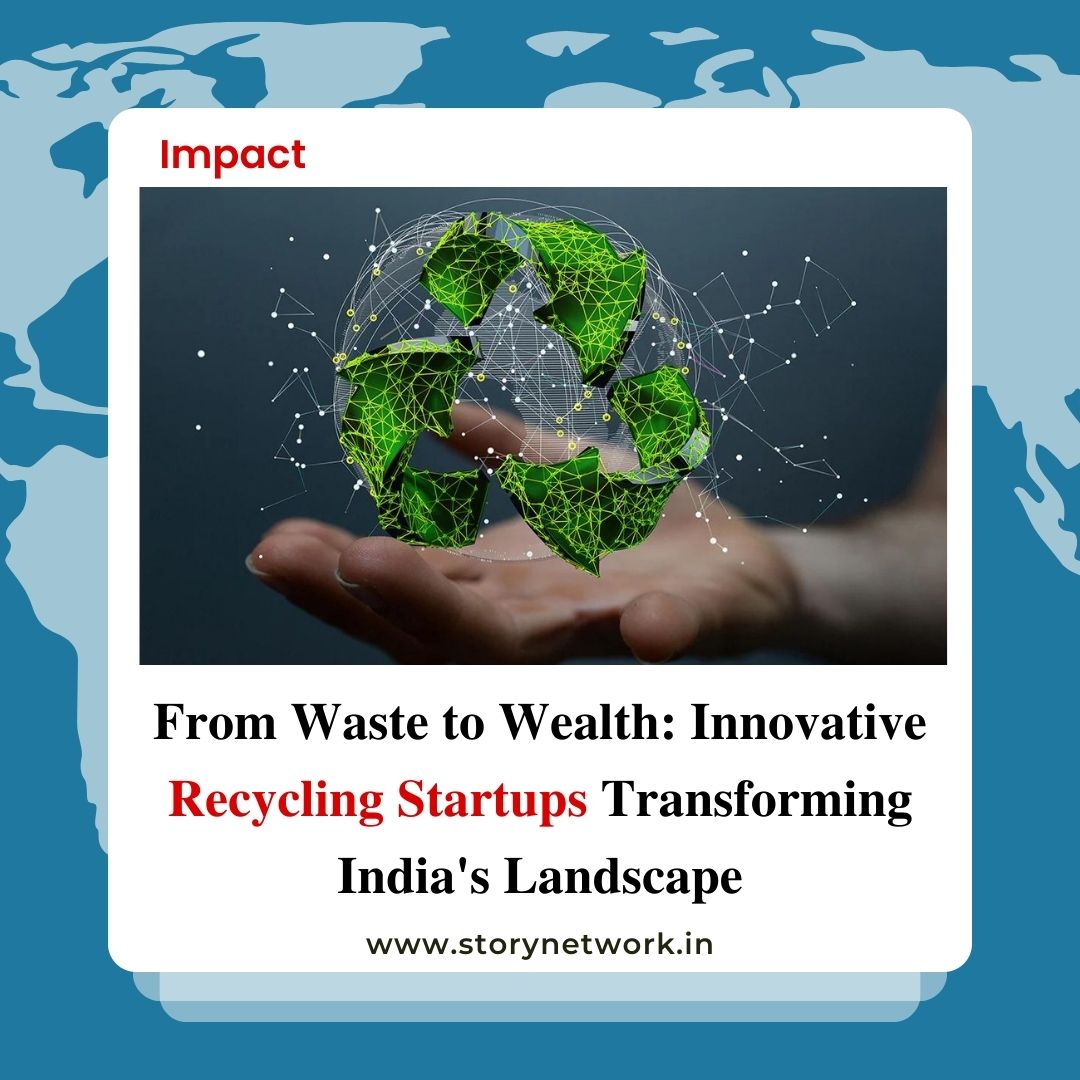In the dusty workshop of Sagar, Madhya Pradesh, India, a quiet revolution is brewing. Raees Markani’s , a talented mechanic, has built a car that runs not on gasoline or diesel, but on a surprising combination – water and carbide. This audacious innovation, if honed and validated, could hold the key to a future where our vehicles chug along on readily available, eco-friendly resources.
Breaking the mold: How does it work?
Raees Markani’s invention harnesses the chemical reaction between calcium carbide and water, which generates acetylene gas. This gas, once used extensively for lighting and welding, now serves as the fuel for his modified car engine.
A specially designed chamber houses the carbide-water interaction, producing acetylene that is then filtered and piped into the engine. With some clever modifications to the engine’s intake and combustion system, Markani has managed to tap the gas’s energy potential, powering the vehicle.
A beacon of hope in the sustainability desert:
The implications of Markani’s invention are significant, especially in the context of the global quest for sustainable transportation solutions. Fossil fuels, the current mainstay of our vehicles, are not only finite but also contribute heavily to greenhouse gas emissions and environmental degradation.
A water-carbide powered car, if successfully developed and scaled, could offer a number of advantages:
- Renewable fuel source: Water and calcium carbide are readily available and relatively inexpensive resources.
- Reduced emissions: Acetylene gas burns cleaner than gasoline or diesel, leading to lower emissions of harmful pollutants.
- Energy independence: Dependence on imported fossil fuels could be significantly reduced, boosting energy security for countries like India.
Challenges on the road ahead:
While Markani’s innovation is inspiring, several hurdles need to be overcome before it can become a mainstream reality. Some key challenges include:
- Efficiency and range: The current prototype’s fuel efficiency and range are reportedly lower than conventional gasoline vehicles. Further research and development are needed to improve these aspects.
- Safety concerns: Acetylene gas is highly flammable and requires careful handling and storage. Robust safety measures need to be implemented for widespread adoption.
- Infrastructure and regulations: The existing infrastructure, such as refueling stations, would need to be adapted to accommodate water-carbide powered vehicles. Additionally, regulatory frameworks and safety standards need to be established.
From garage to global impact:
Markani’s invention is a testament to the power of individual ingenuity and the relentless pursuit of a better future. While challenges remain, his work has sparked a conversation about alternative fuel sources and sustainable transportation. With continued research, investment, and collaboration, Makrani’s water-carbide car could one day be more than just a tinkering marvel – it could become a symbol of our collective journey towards a cleaner and greener tomorrow.
Further exploration:
This article has just scratched the surface of this fascinating innovation. Here are some resources for further exploration:
- Video of Raees Markani and his car: https://www.youtube.com/watch?v=6PoRyIff8TQ
- News articles about the invention:
Let’s keep the conversation going! Share your thoughts, questions, and hopes about this exciting development in the comments below. Together, we can fuel the innovation that paves the way for a sustainable future.
Read more:
11-Year-Old Builds Book Empires! Hyderabad Girl Sparks Reading Revolution
Attero: Noida’s Eco-Warrior Venture is Transforming E-Waste into Gold
Small-townie to Silicon Valley Tech: 5 Lessons from Yamini Rangan’s Rise to the C-Suite
Check out our section dedicated to India, where we celebrate inspirational changemakers, explore innovation, entrepreneurship, and sustainability, and delve into the impact of social and governance initiatives. From startups to Art & Culture, Education, Sports, Travel, Health, Lgbtqia+ spotlights, Reading & Books, Entertainment and lifestyle, our insightful articles provide valuable insights for small businesses and curious minds alike.





